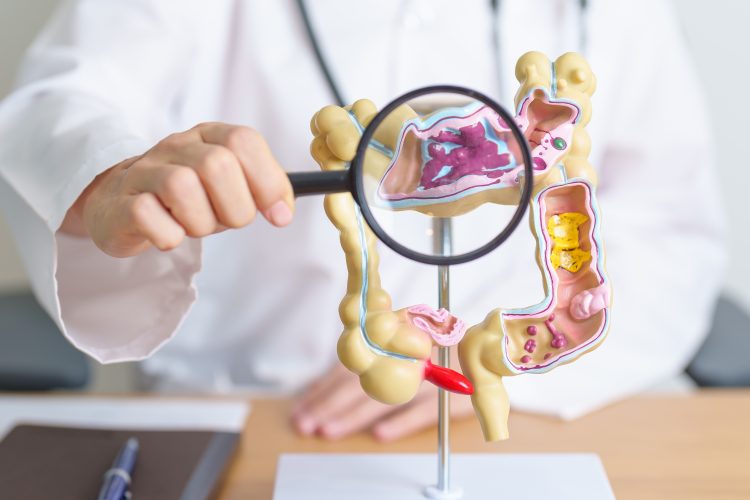Bird flu is changing – AI might help us keep up
Researchers at the University of North Carolina at Charlotte have used artificial intelligence to look at how the H5N1 bird flu virus is evolving to evade the immune system - insights that could make way for development of effective future therapies.






























